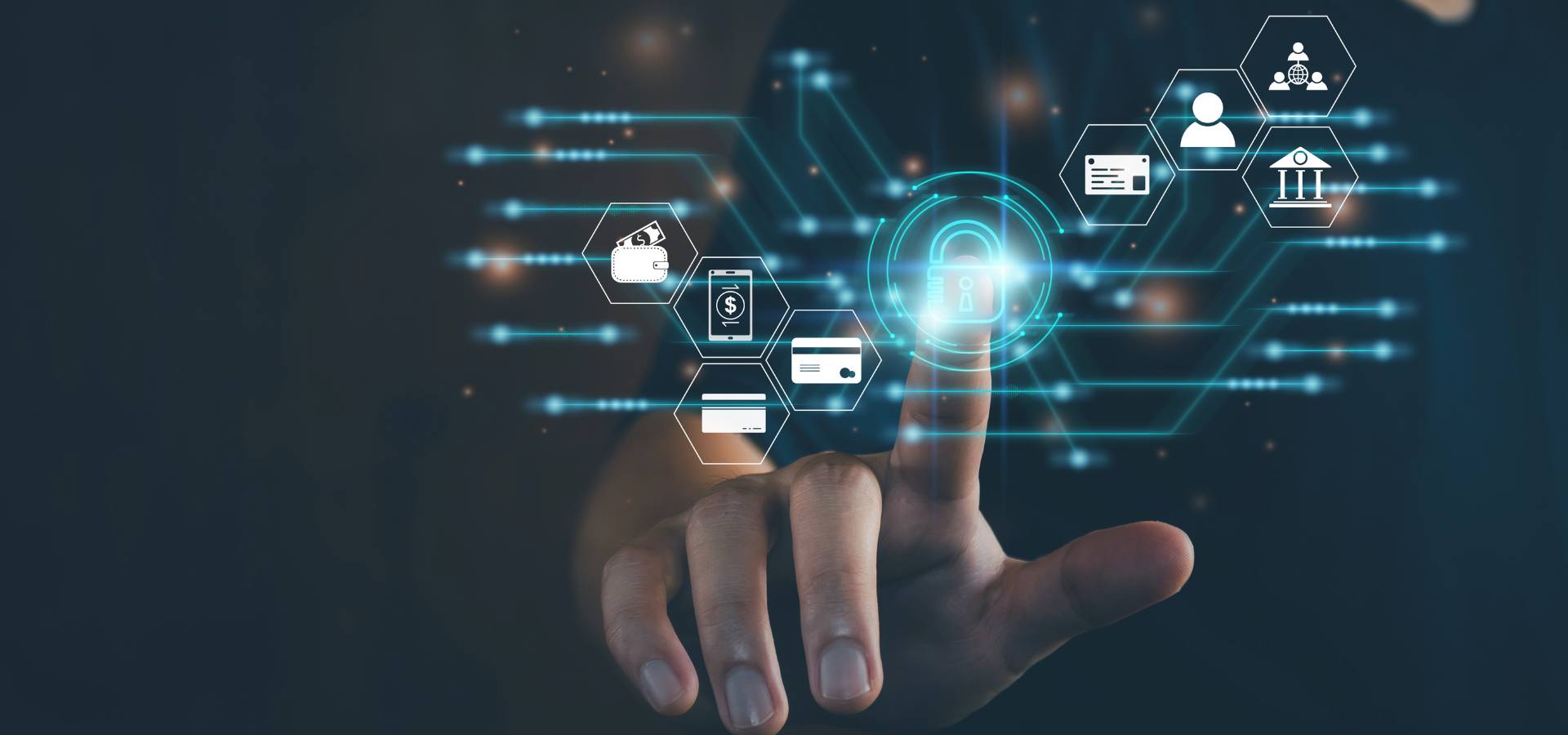Online banking has never been easier – or riskier. With cyber threats evolving rapidly, ensuring safe and secure banking is a top priority for customers and financial institutions alike. However, in 2025, banking security isn’t just about passwords and PINs; it’s about staying ahead of cybercriminals who use sophisticated methods to bypass traditional defenses.
Table of Contents
Key takeaways:
- Strong authentication methods, like biometrics and passkeys, are replacing passwords for secure online banking.
- AI-driven fraud detection and real-time monitoring are game changers in digital security banking.
- End-to-end encryption is essential to protect financial transactions and user data.
You may also see: How to improve customer experience in banking? Tips and trends.
The evolving threats to secure digital banking
Online threats have moved beyond simple password theft. In 2025, AI-driven fraudsters can generate highly realistic phishing emails, fake customer support calls, and even deep fake videos to trick individuals into sharing banking credentials. To maintain secure digital banking, it’s crucial to recognize that not all cyberattacks rely on traditional hacking. Social engineering – manipulating users into giving up their data – is one of the biggest risks. Additionally, banking malware has become more advanced. Some forms can now mimic legitimate banking apps or intercept authentication codes in real time. As you can see, there are plenty of risks out there. Let’s take a closer look at the most important trends and tips for safe and secure banking.
Multi-factor authentication is no longer optional
For truly safe and secure banking, multi-factor authentication (MFA) is a must. Banks have been implementing biometric logins such as facial recognition and fingerprint scanning, but cybercriminals have found ways to bypass traditional two-step verification methods.
Modern secure online banking solutions now integrate behavioral biometrics, analyzing how you type or move your mouse to confirm identity. By using AI-driven security layers, they ensure that even if your password is compromised, access to your account remains protected. Implementing MFA is a crucial step towards ensuring secure online banking.
In-app communication helps fight with scams
Phishing scams remain one of the biggest threats to secure digital banking, but they’ve become more deceptive. Attackers use AI to craft emails and messages that mimic official bank communication with astonishing accuracy. Some even include personalized details about your transactions to make them appear genuine.
A good rule of thumb: never click on links in emails or text messages that claim to be from your bank. Instead, go directly to your bank’s official website or app. Look for banks that offer secure, in-app communication channels, ensuring that customers receive verified messages without the risk of phishing.
Real-time communication improves security and customer service
In 2025, secure, real-time communication is key to both protecting customers and improving service. LiveBank is a modern customer engagement platform that enables real-time video and audio calls, allowing banks to deliver personalized, immediate support while ensuring secure identity verification.
Its aI-driven features go beyond simple interactions, interpreting customer emotions and offering tailored responses. By keeping track of past conversations, LiveBank ensures consistent, informed support and reduces the risk of fraud or social engineering attacks. Additionally, the platform’s screen-sharing functionality helps guide customers through sensitive transactions securely. Ensure your financial safety with secure online banking solutions – talk to our experts now!
Mobile banking apps are safer than browsers
If you’re still using a web browser to access your bank, you might be exposing yourself to unnecessary risks. Banking apps are designed with built-in security measures that browsers lack, such as encrypted communication and automatic session timeouts.
Apps also reduce the risk of session hijacking – a method where hackers steal login sessions from browsers. Remember, for secure digital banking, always opt for the official banking app and avoid accessing financial information over public Wi-Fi networks.
The takeaway
The key to secure online banking isn’t just about preventing fraud but making sure your digital financial interactions remain smooth, safe, and protected. As cybercriminals refine their techniques, customers must also adapt and make use of the latest technologies to safeguard their finances.

 Polski
Polski
 Deutsch
Deutsch






